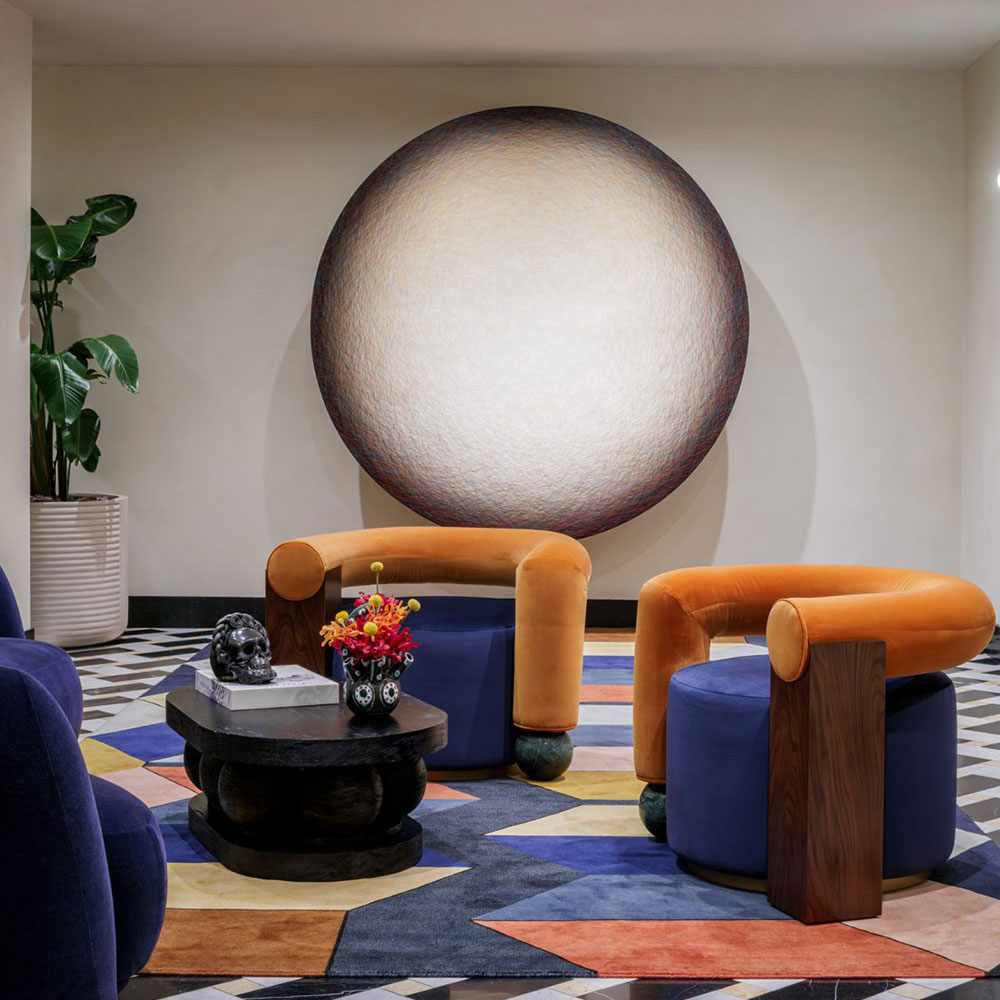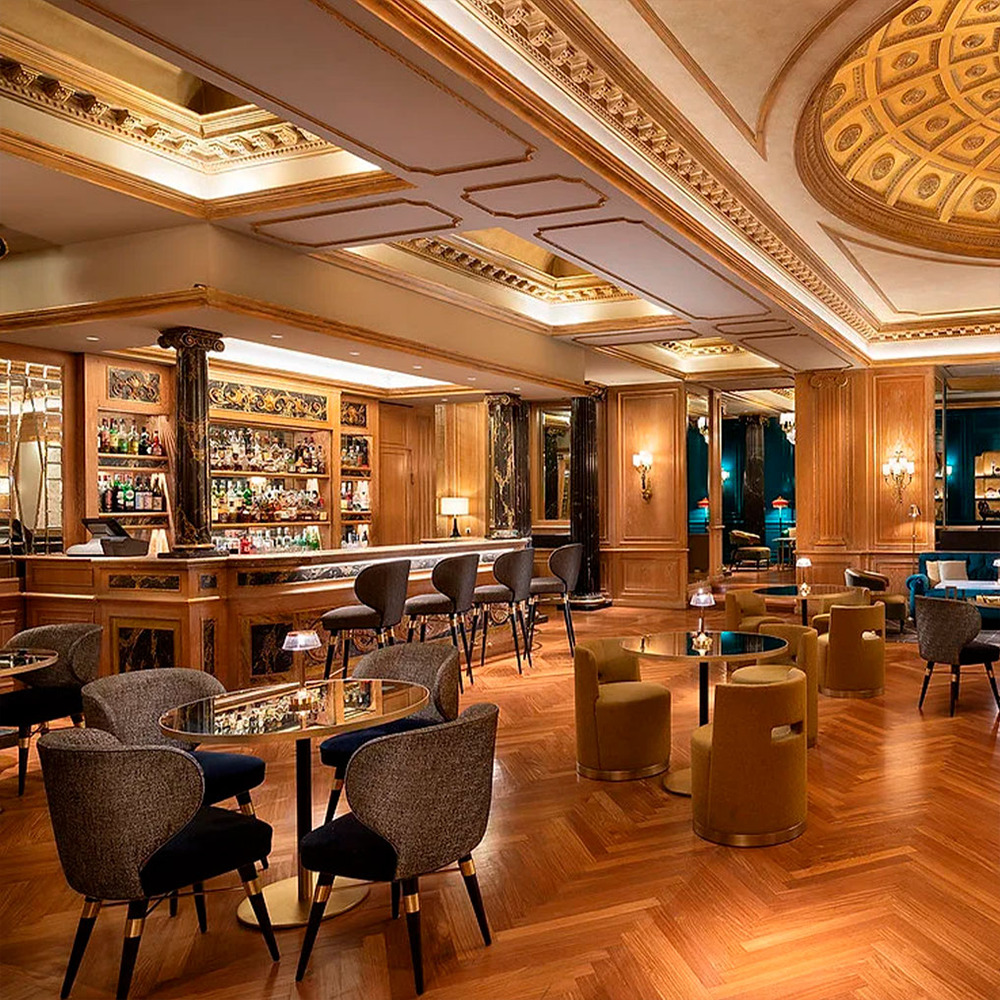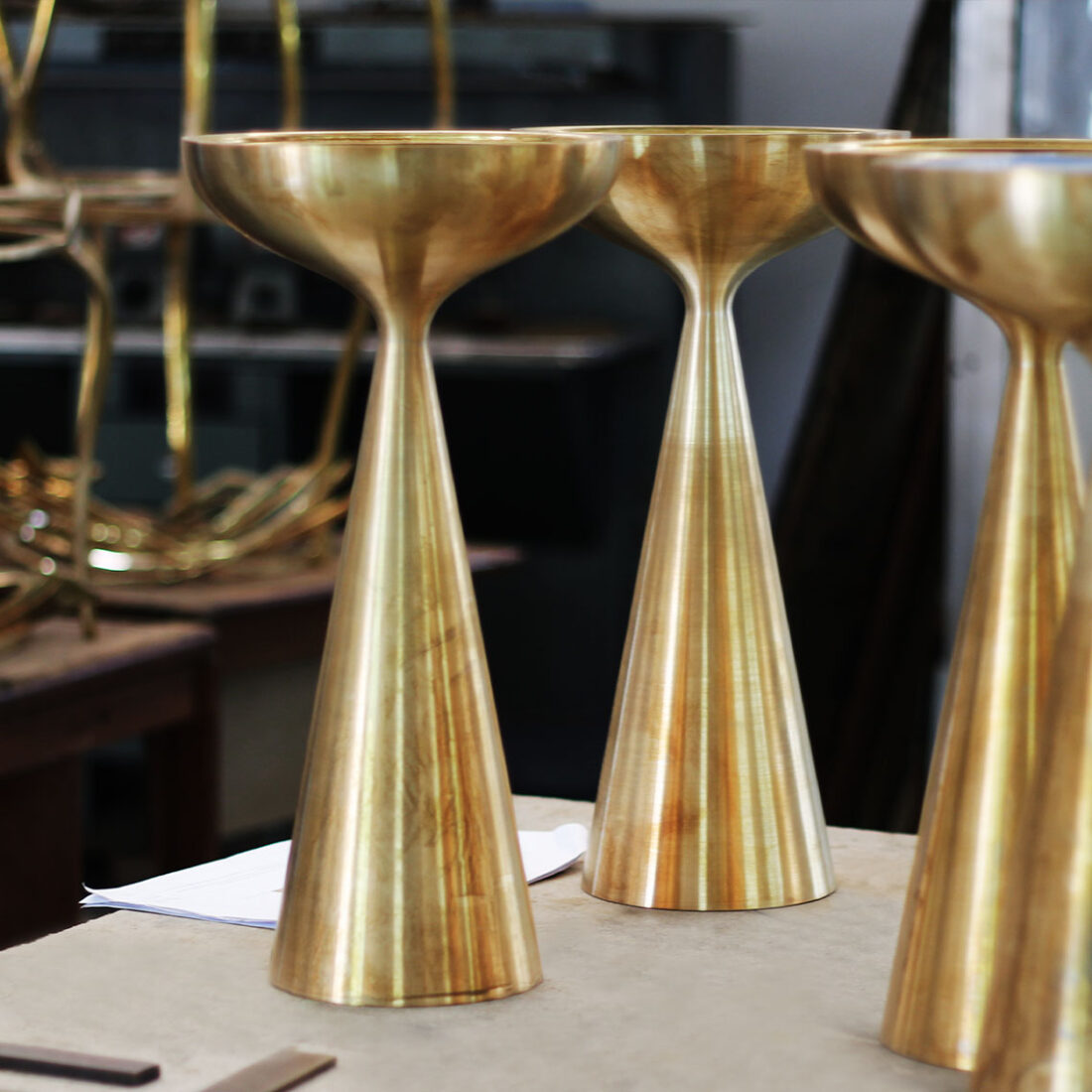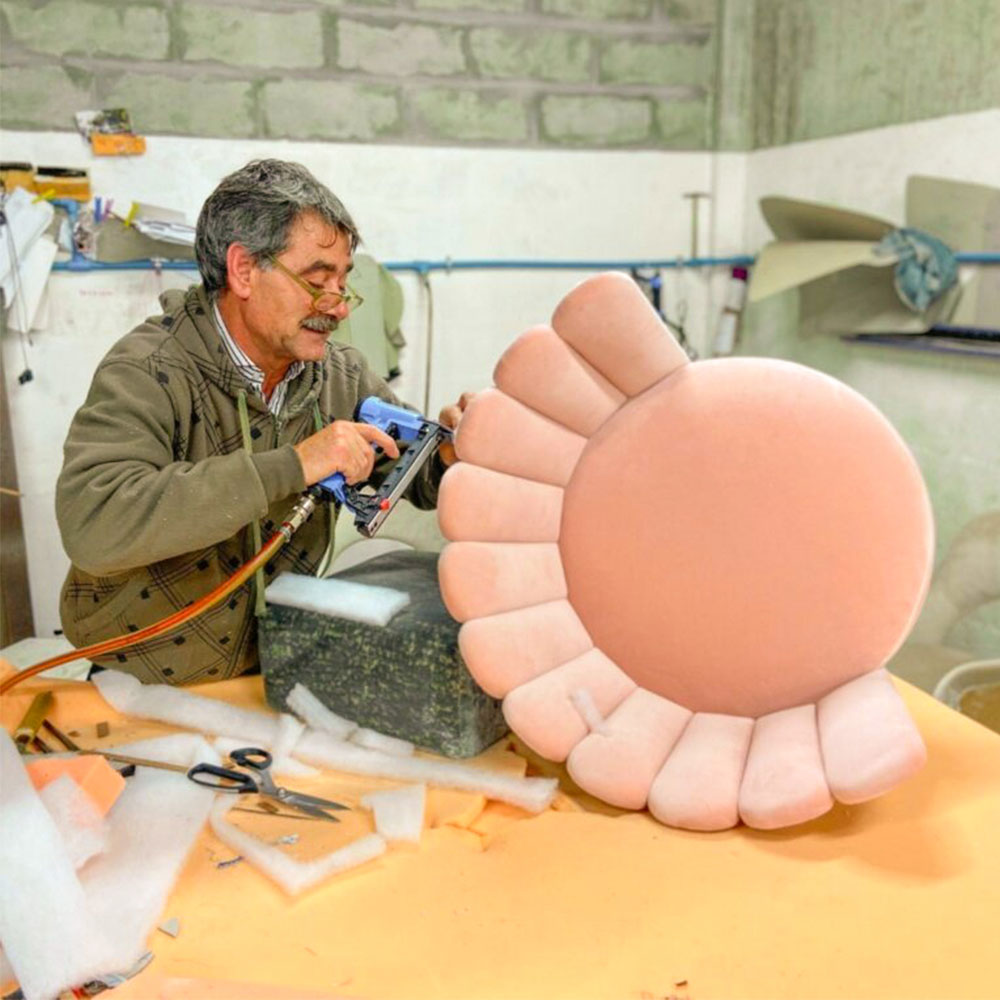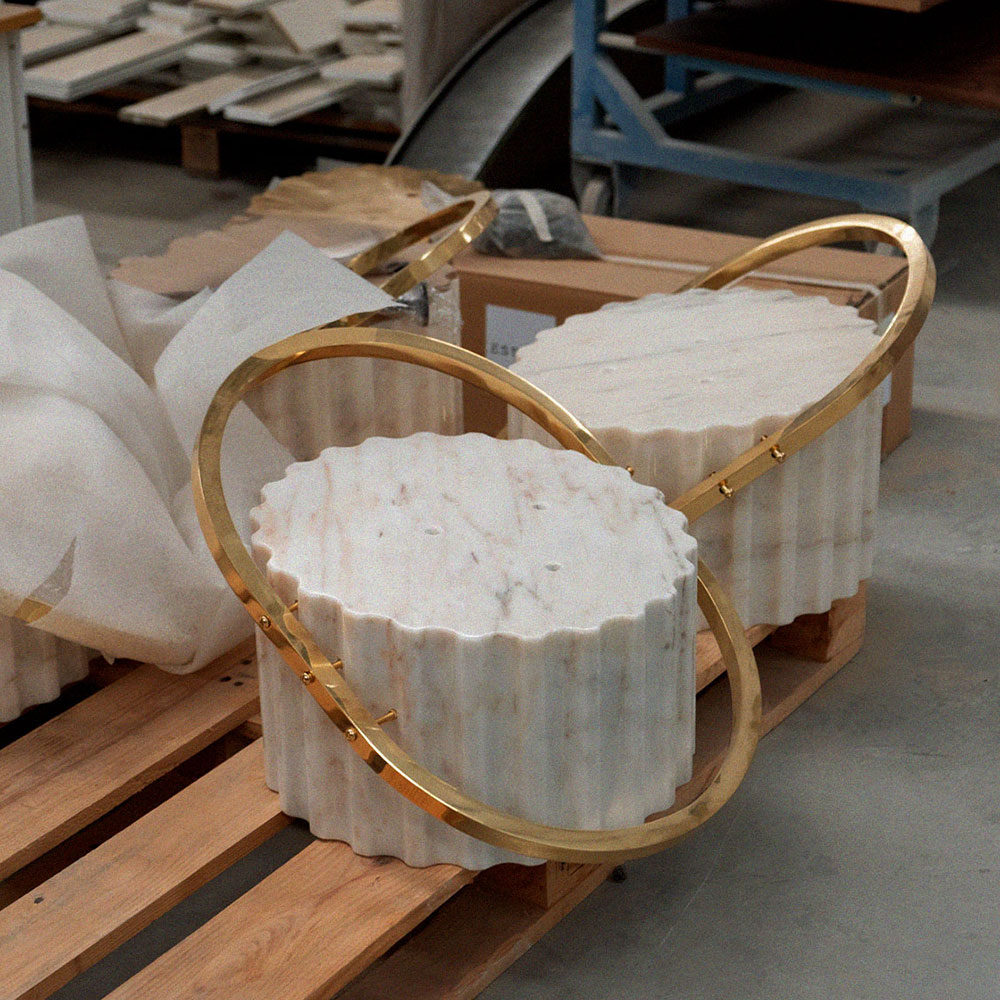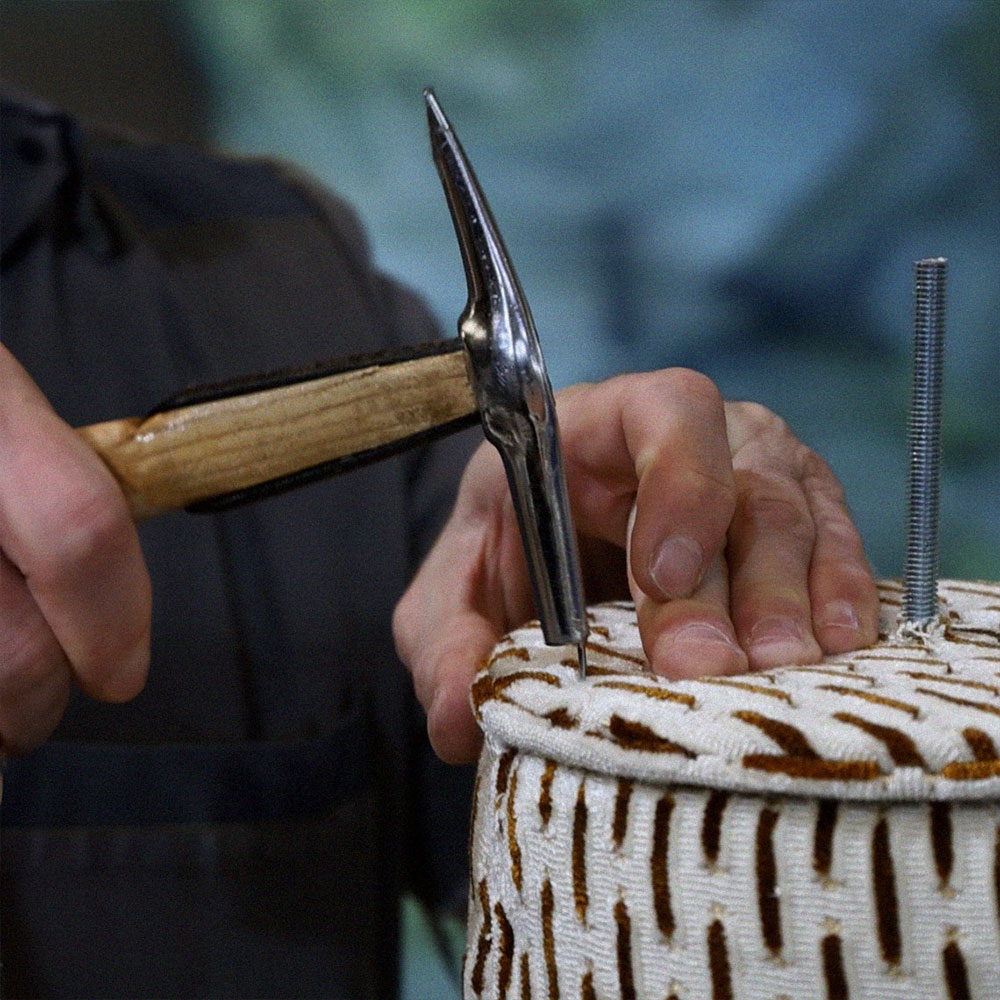



Headquartered in Porto, at the heart of Europe’s most extensive furniture production cluster, Emotional Brands combines its industrial actionists manufacturing with a strong network of production partners. Its privileged location allows the company to provide a full service for tailor-made furniture, upholstery, and lighting, tailored to the unique needs of each project.
The service includes detailed quotation proposals, design consultancy, development of technical drawings, and the selection of premium materials, ensuring full coordination across the different specialties. Every project experiences a rigorous final quality control phase before being carefully packed and shipped, in full compliance with international logistics standards and destination-specific regulations.

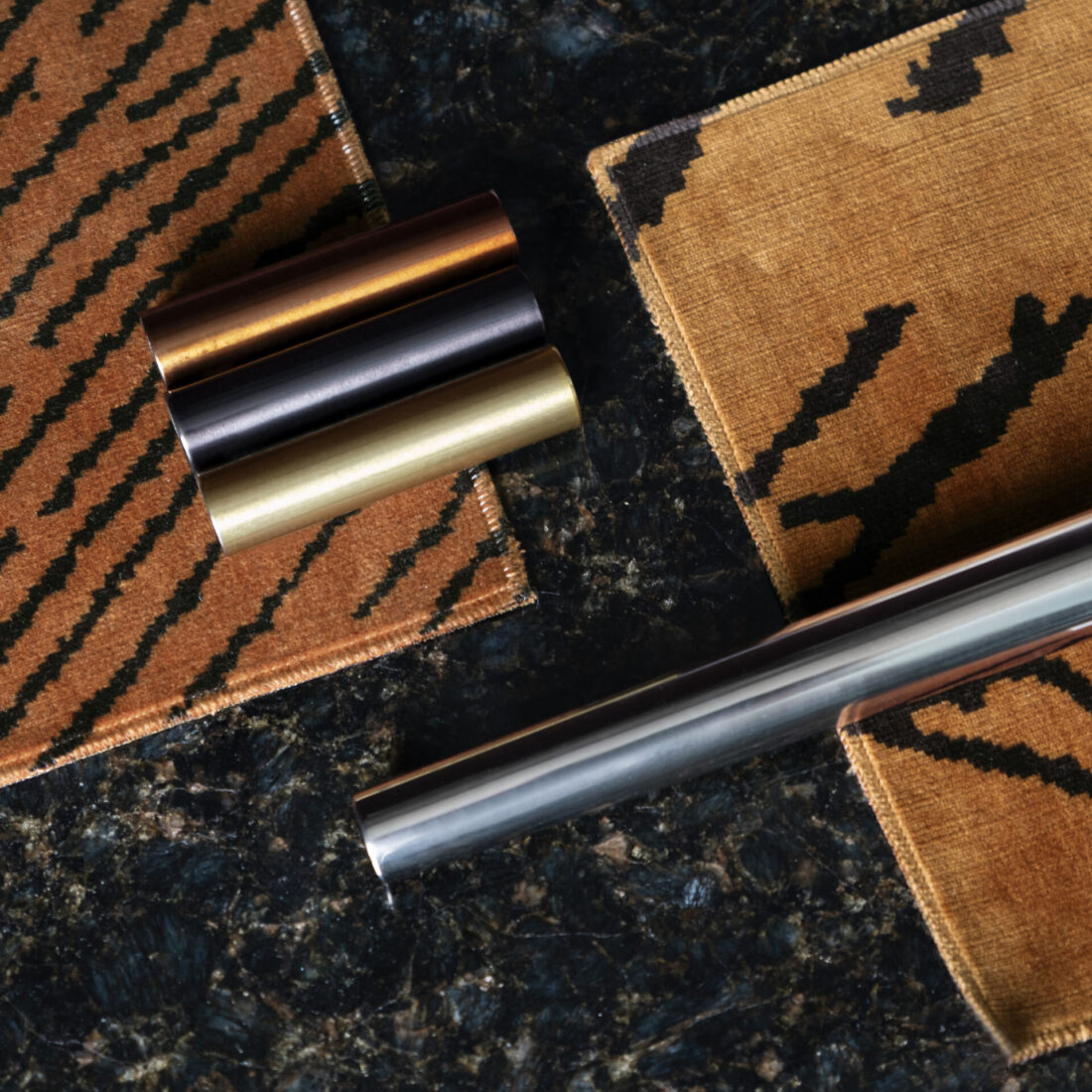

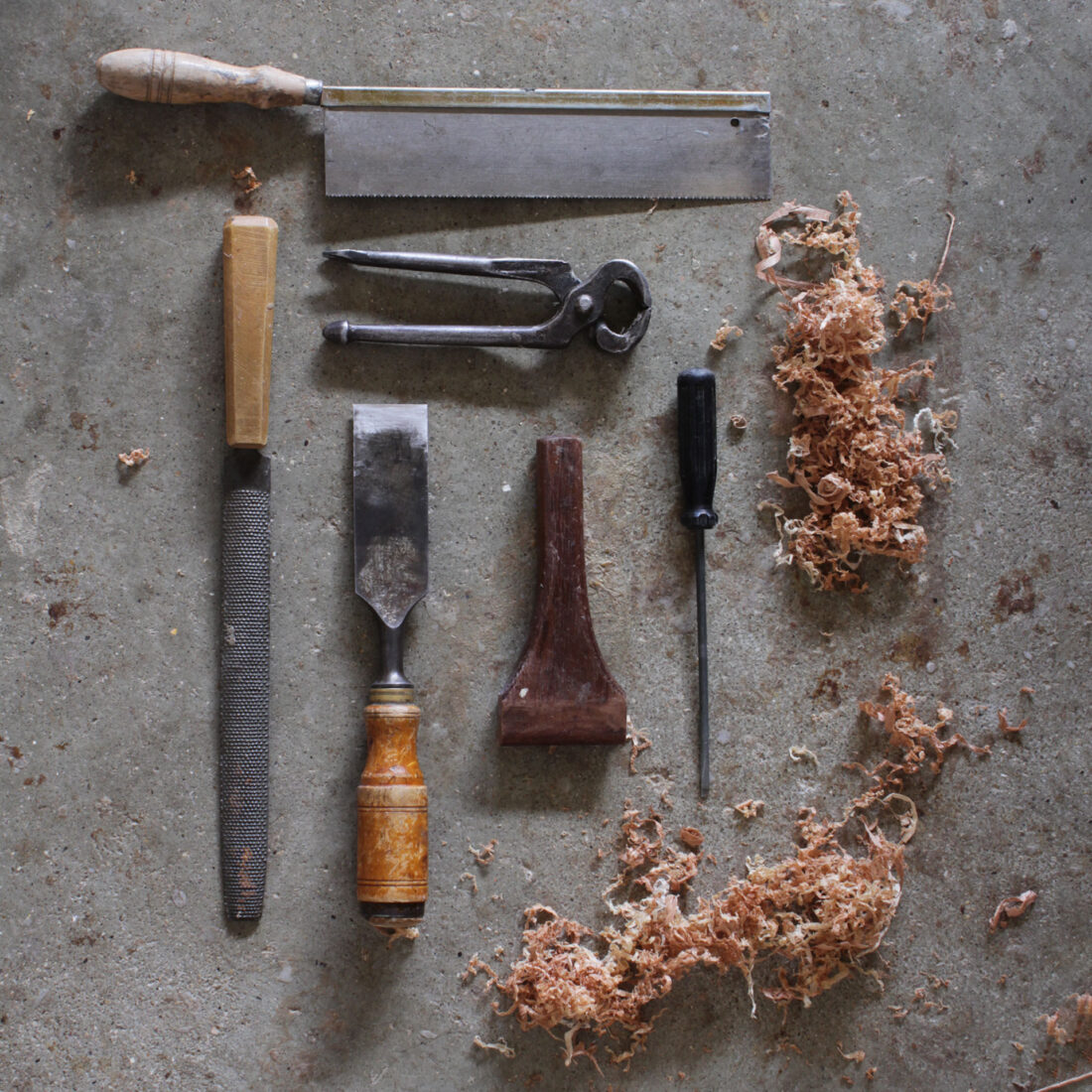
Emotional Brands acts as a trusted design partner for interior designers, architects, and project management firms pursuing tailored solutions that elevate the identity of their design projects. The company maintains consolidated collaborations with traditional Portuguese artisans whose craftsmanship adds a layer of authenticity and refinement to each piece, ensuring a truly distinctive result.
GLOBAL-SCALE PRODUCTION MEETS ARTISANAL EXCELLENCE
Emotional Brands’ group of actionists and established production partners are qualified to deliver high-volume orders of furniture, upholstery, and lighting without compromising quality. Their experience in managing global-scale projects is reinforced by industrial expertise and precise workflows, ensuring that every detail aligns with the standards required for deluxe hospitality.
GLOBAL-SCALE PRODUCTION MEETS ARTISANAL EXCELLENCE
Emotional Brands’ group of actionists and established production partners are qualified to deliver high-volume orders of furniture, upholstery, and lighting without compromising quality. Their experience in managing global-scale projects is reinforced by industrial expertise and precise workflows, ensuring that every detail aligns with the standards required for deluxe hospitality.
Production is supported by advanced CNC machinery across all sectors, from woodworking and marble sculpting to metal shaping and upholstery, allowing high-precision results. This technological pillar guarantees flawless finishing, dimensional accuracy, and perfect assembly across all components, whether for a tailor-made piece or large series.
“Advanced technology supports every phase of our process — in wood, metal, marble, and upholstery — enabling us to deliver complete, coordinated solutions for demanding, large-scale projects.”
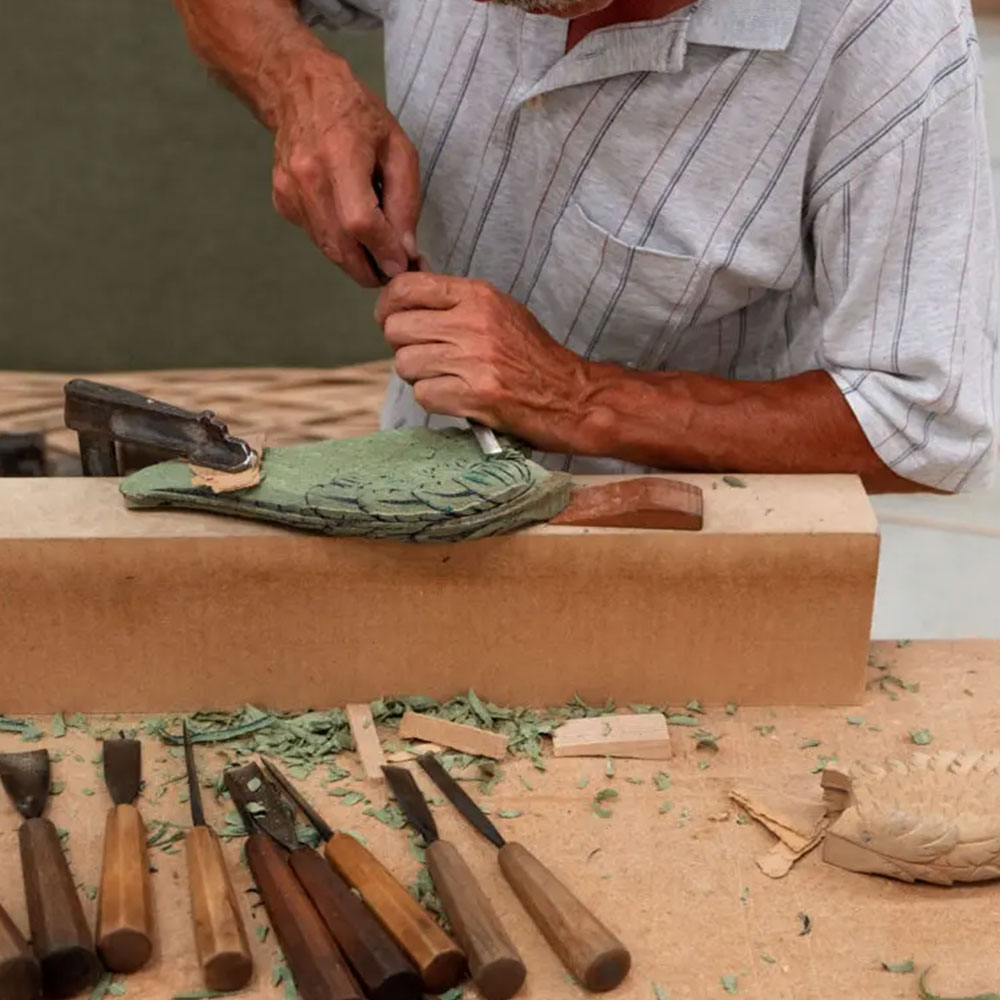
Yet, behind the scenes of efficiency and precision lies a deeper layer of value: the dedication to craftsmanship.
Many of Emotional Brands’ collections integrate hand-applied details and ancestral techniques that elevate each piece with artistic depth and human touch. From intricate marquetry and saddle leather weaving to hand-applied gold leaf and wood carving, these details are not only aesthetic choices but also a commitment to preserving endangered crafts that infuse contemporary design with soul and meaning.
High-quality upholstery is elevated by artisanal details like hand-cut fringes, decorative trimmings, and natural fiber applications, creating a unique richness that machines cannot replicate. The combination of technological expertise and artisanal authenticity distinguishes Emotional Brands as a contract partner capable of creating spaces with a true sense of identity.

